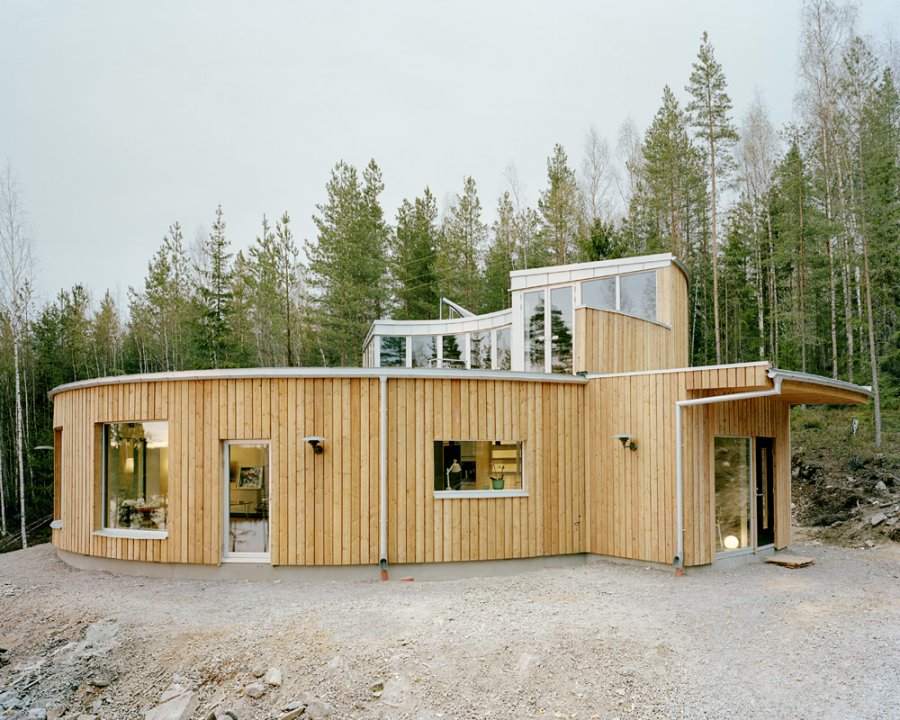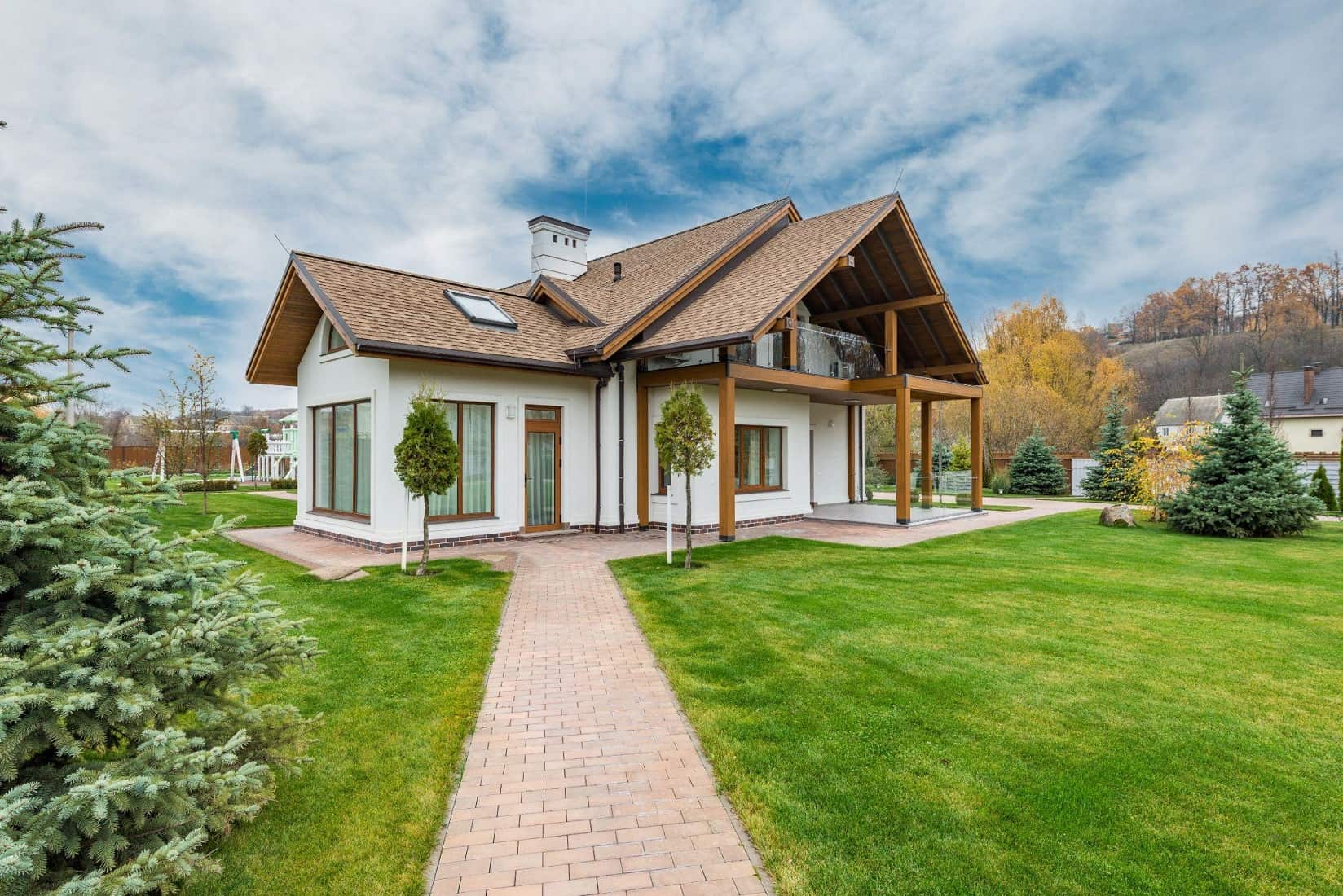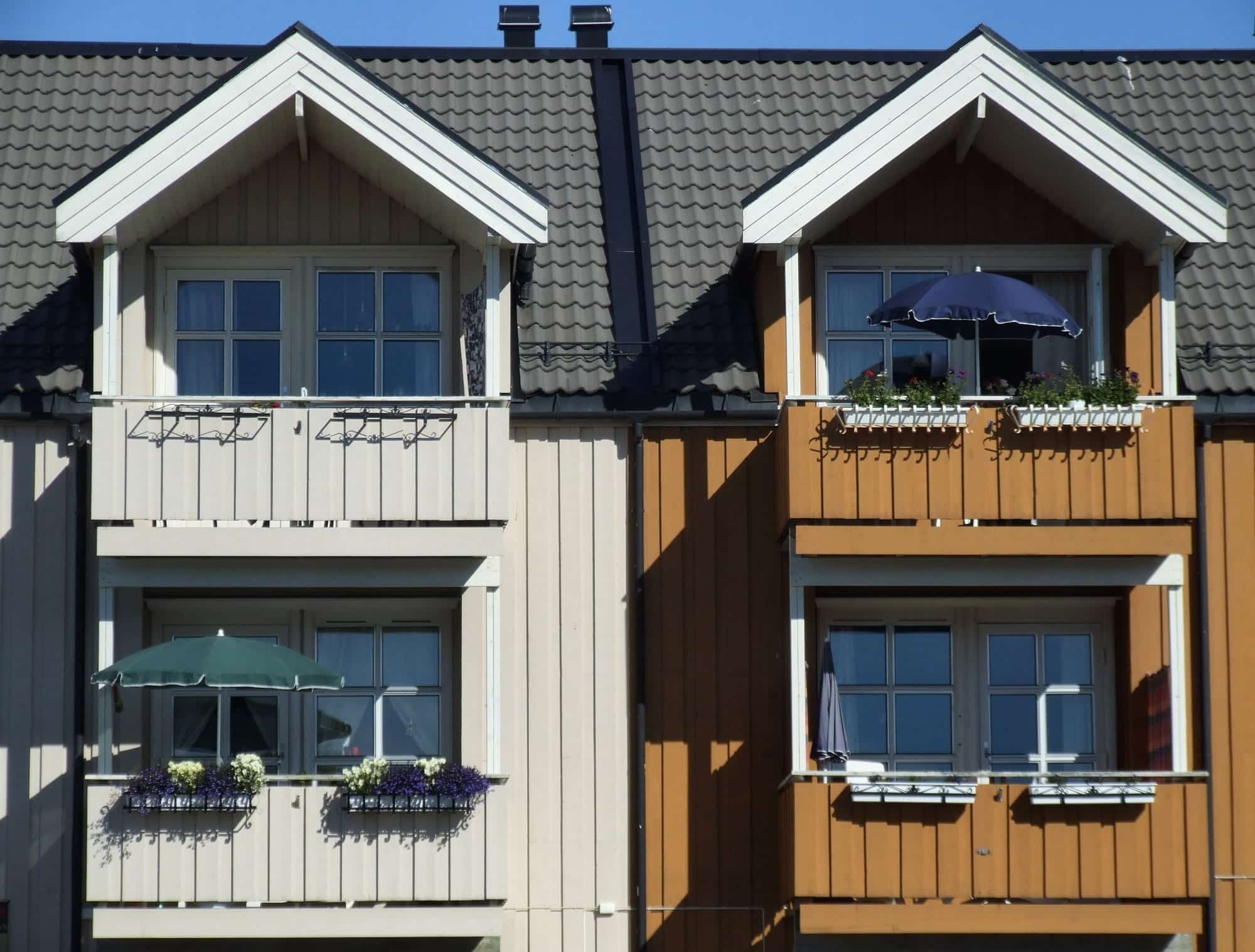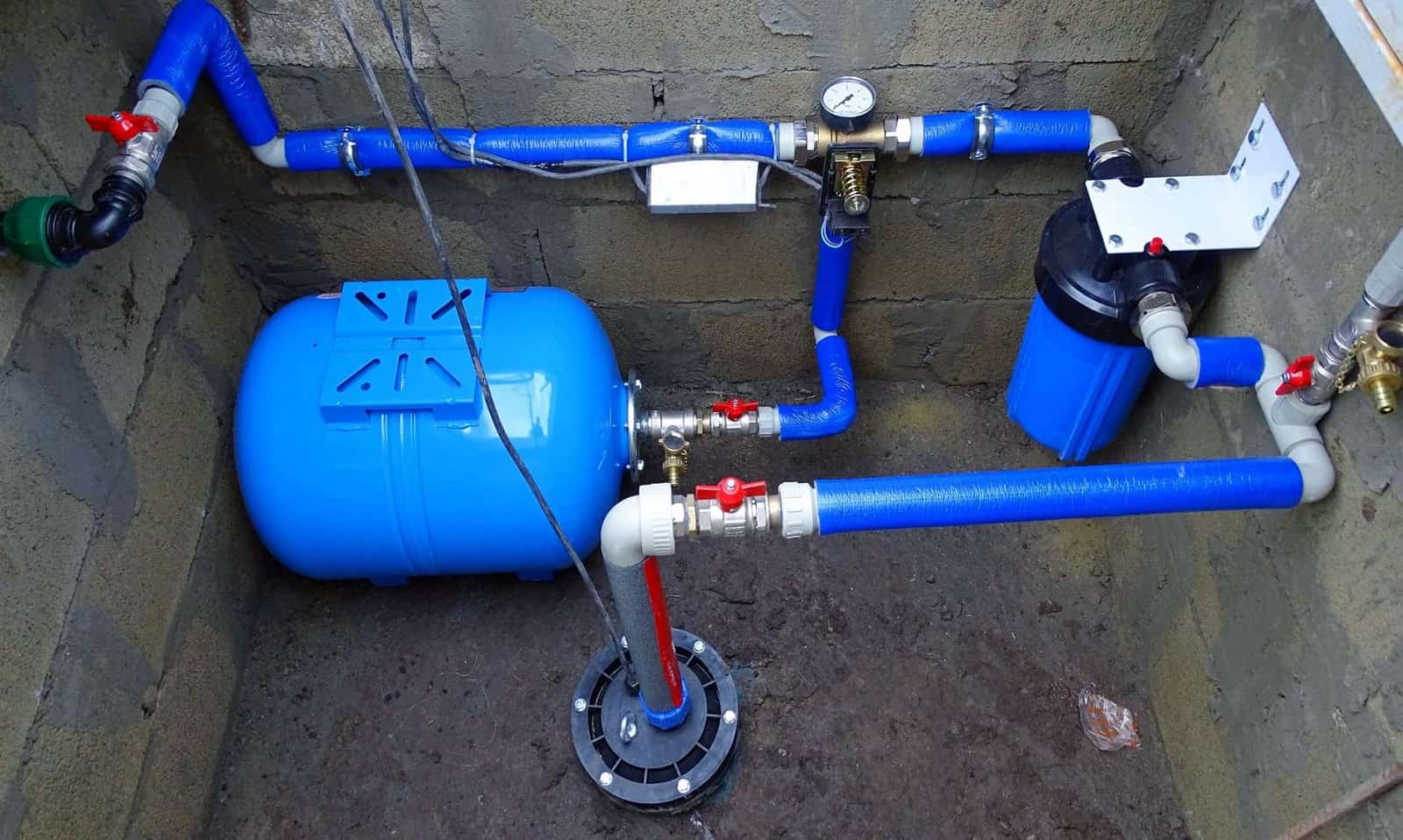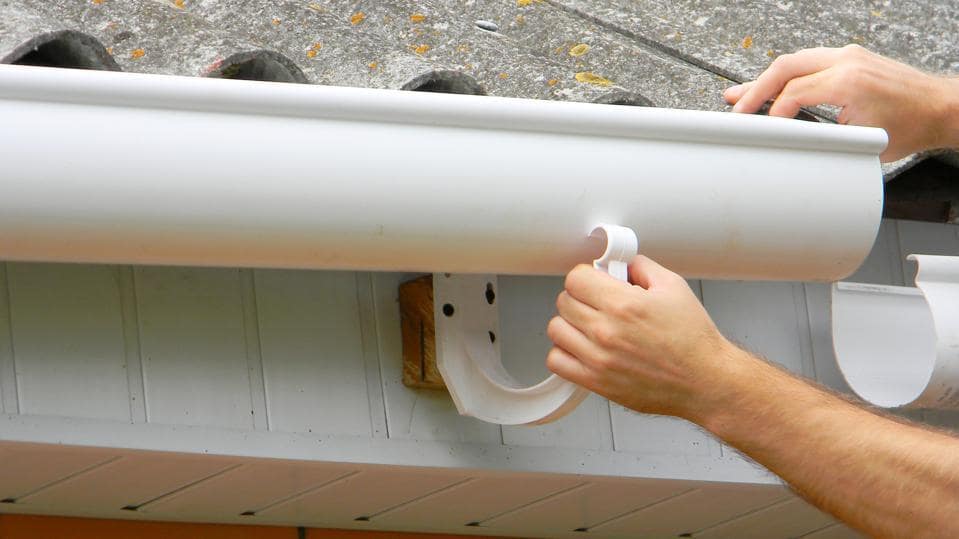What do home remodels and sustainability have in common? They’re both seen as being more complicated than they are. Sustainability is often seen as a goal for the distant future rather than something you can accomplish right now.
Luckily, some states are proving that that’s a misconception. Maryland, for example, has created its own sustainability initiative called Sustainable Maryland. The state currently generates enough solar energy to power over 100,000 homes a year, and that number is rising.
Just as sustainability gets pushed aside as an idea for the future, home remodels get put off as something you can do later. But why wait until later when your home could easily be more sustainable now?
If you don’t know where to start, here’s how to remodel your home to make it more sustainable in three easy steps.
1. Get Rid Of Your Current Electricity Provider
The first step is to ditch your current electricity provider. Do you even know where your power comes from? Traditional electricity is a huge source of environmental destruction due to the CO2 emissions it produces.
You can escape being part of that cycle by joining the 2% of the world that is currently using solar energy. That number is growing all the time, and you can be a part of it.
If you happen to live in Maryland, you can take advantage of some major benefits offered by your state by upgrading your home to residential solar right now. Those benefits include a Solar Renewable Energy Certificate and a rebate of up to $1,000 to cover the cost of your improvements.
If you don’t live in Maryland, you’ll want to make sure to take advantage of the Federal Solar Tax Credit, which helps you save money at tax time just for becoming more sustainable.
Besides the monetary incentives, the main reason to power your home with solar is so that you can have peace of mind. You can rest easy knowing that you’re doing your part to help the planet.
2. Replace Your Insulation
Replacing old insulation is a great way to make the most of your remodel. Old insulation is often made from harmful materials that are bad for both you and the planet. Switching it out can have major health benefits, including reducing asthma attacks and sick days.
Some popular forms of green insulation include sheep’s wool, denim, Aerogel, ThermaCork, and Icynene.
- Sheep’s wool, when compressed, forms air pockets that help seal in heat.
- Denim insulation is both natural and renewable and saves jeans from the landfill.
- Aerogel is what happens when you remove the liquid from silica. It’s great for sealing in the heat and air.
- ThermaCork is made from the outer bark of oak trees and is a natural, renewable, recyclable, and biodegradable, form of insulation.
- Icynene is made from castor oil and is a spray foam insulation that expands to almost 100 times its volume when sprayed onto a surface.
These alternatives to traditional insulation will have you nice and toasty without harming the planet.
3. Install Non-Toxic Carpet
Carpet is better at maintaining room temperature than other flooring options like hardwood. It acts as a form of insulation for your floors, which means that less energy is used to keep you comfortable.
The important thing to remember when installing carpet is to look for non-toxic options. Some carpets contain man-made chemicals including known carcinogens like formaldehyde. This is toxic for you, your pets, and the planet so you should avoid it at all costs.
The best way to tell if you’re buying a non-toxic carpet is to look for ingredients like untreated fibers, undyed wool, and natural latex. These ingredients aren’t treated with toxic chemicals making them ideal for your sustainable home.
Most non-toxic carpets will also be marked as zero VOC. That stands for zero volatile organic compounds, which are a variety of chemicals that have a high vapor pressure that can cause a number of mild to serious short and long-term health issues.
Taking these three easy steps will make your home more sustainable. That translates to a better living situation for you, a better outlook for the Earth, and a better resale value for your home.

